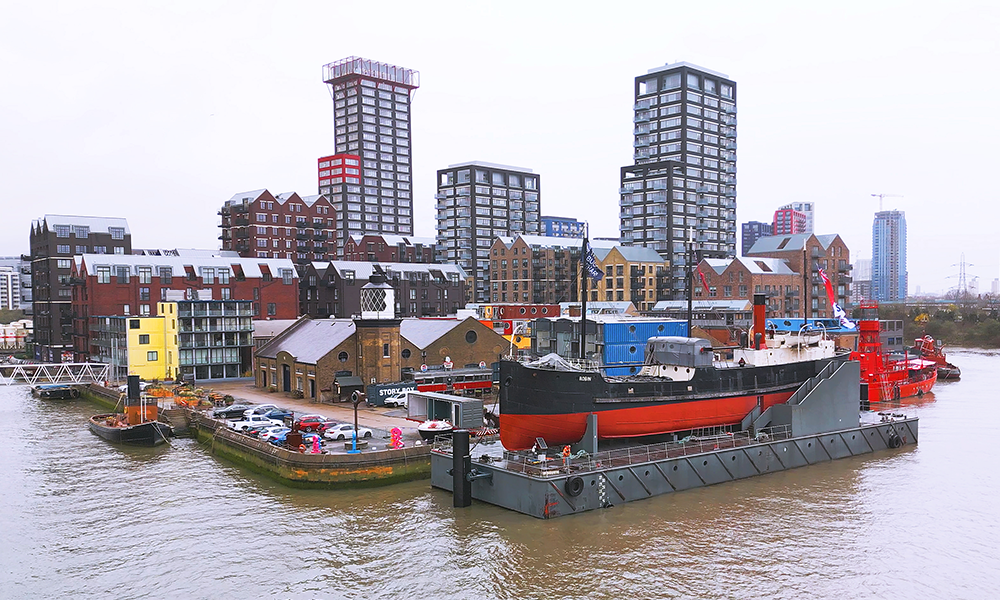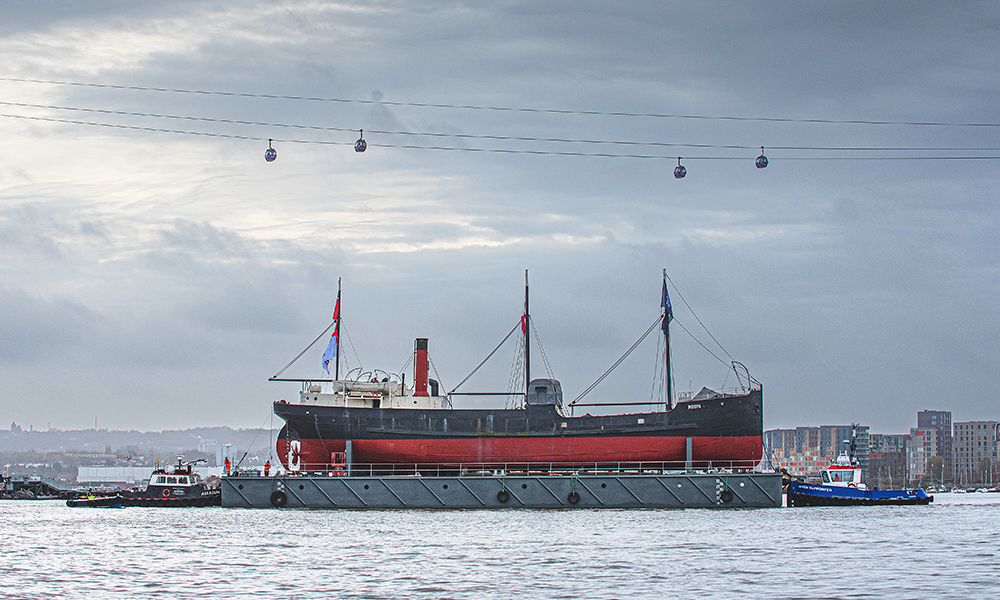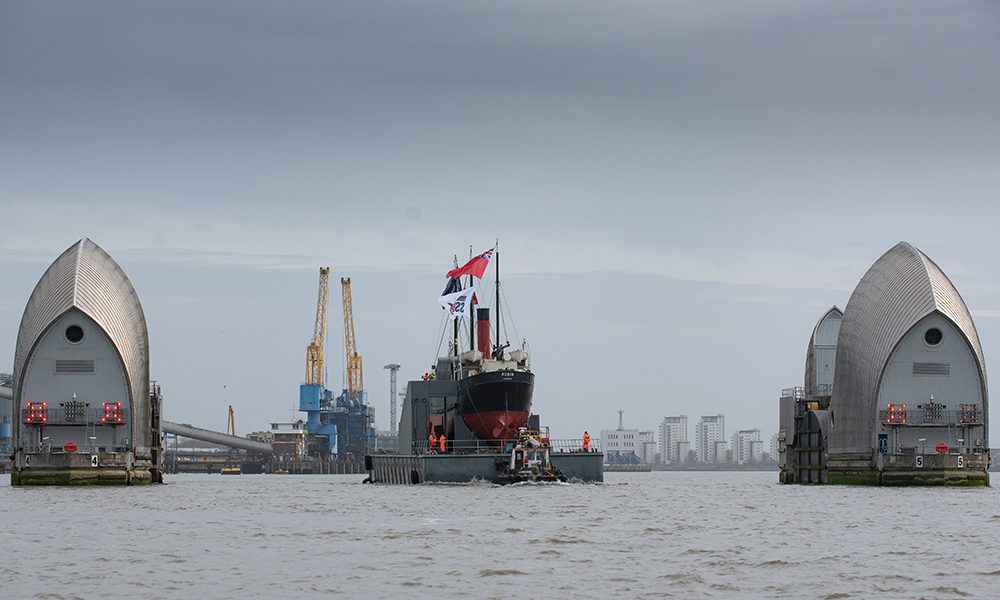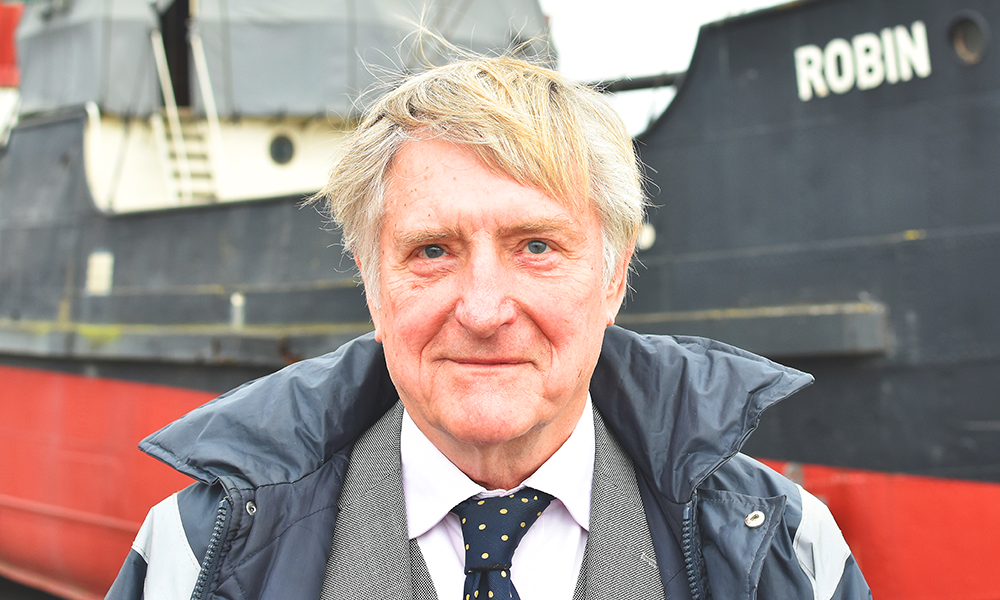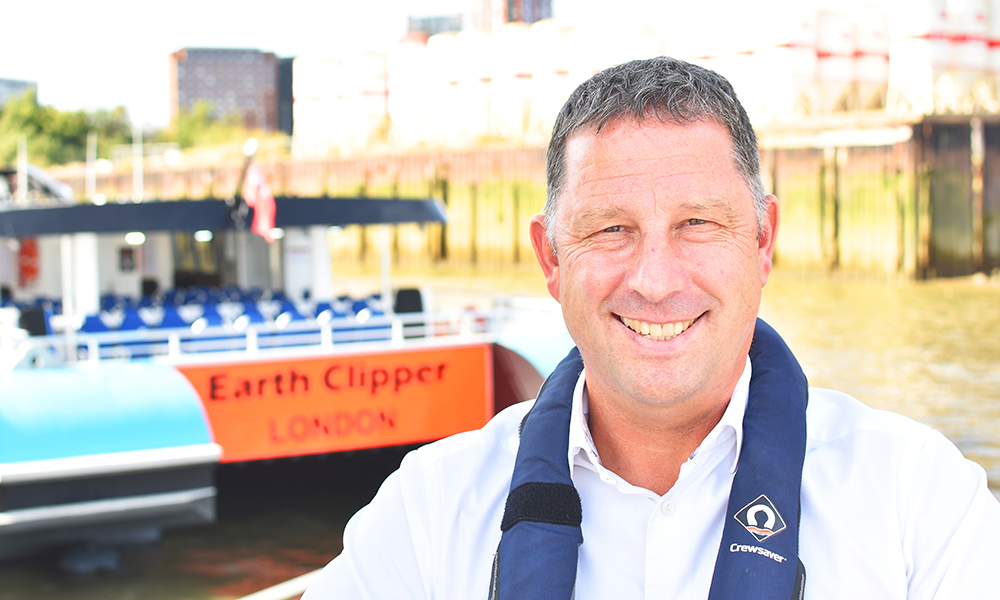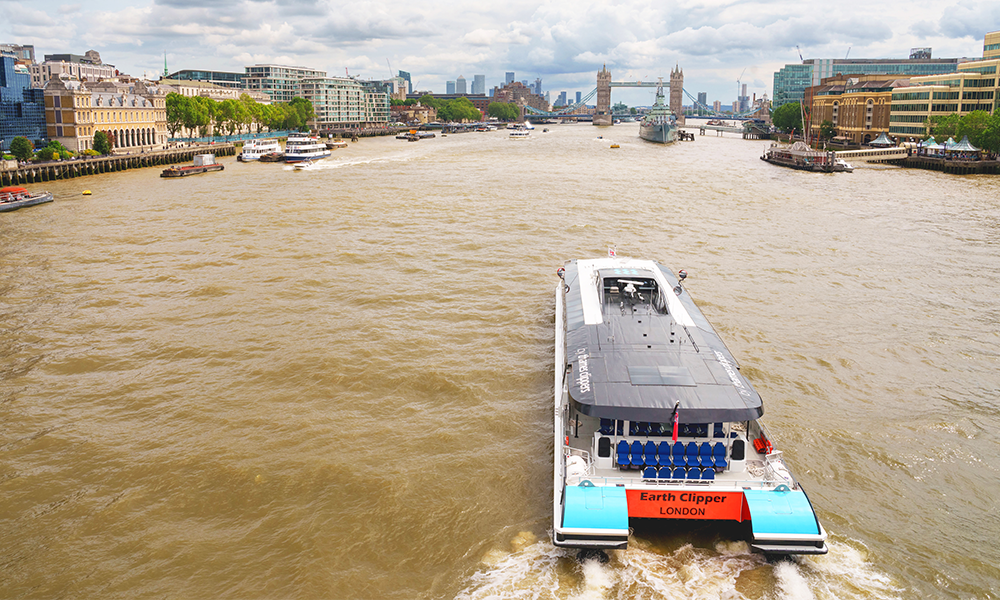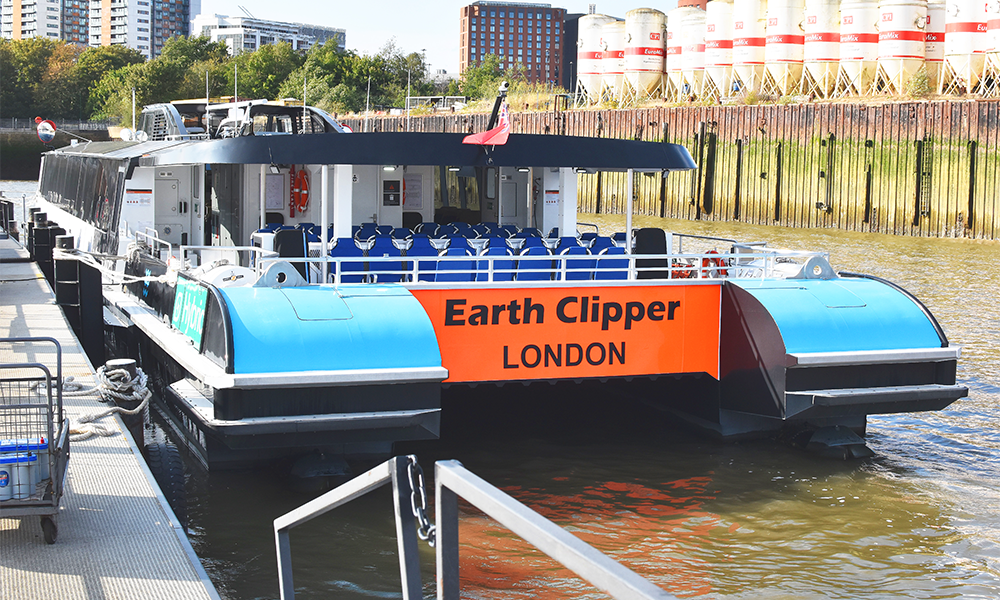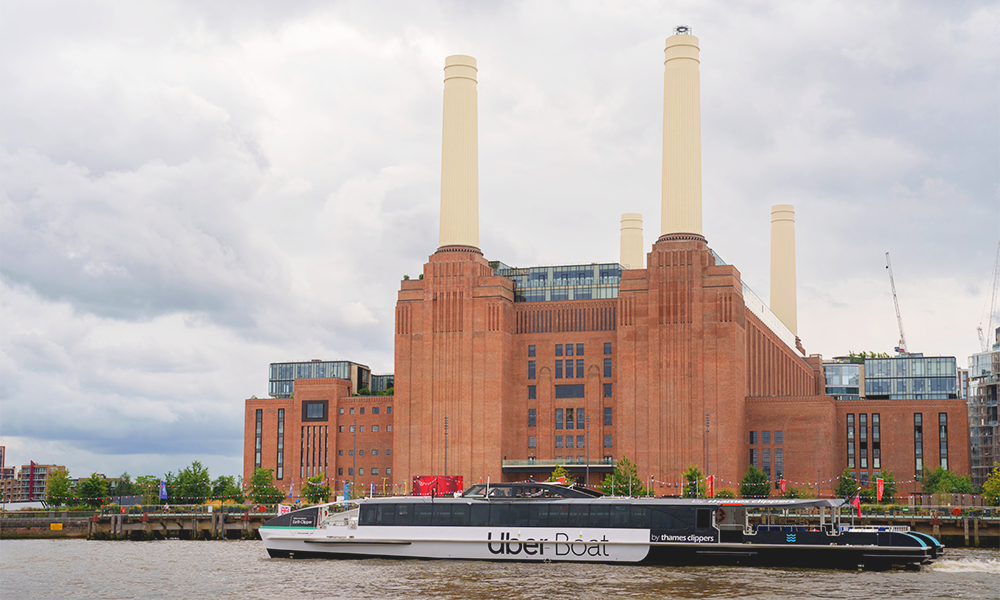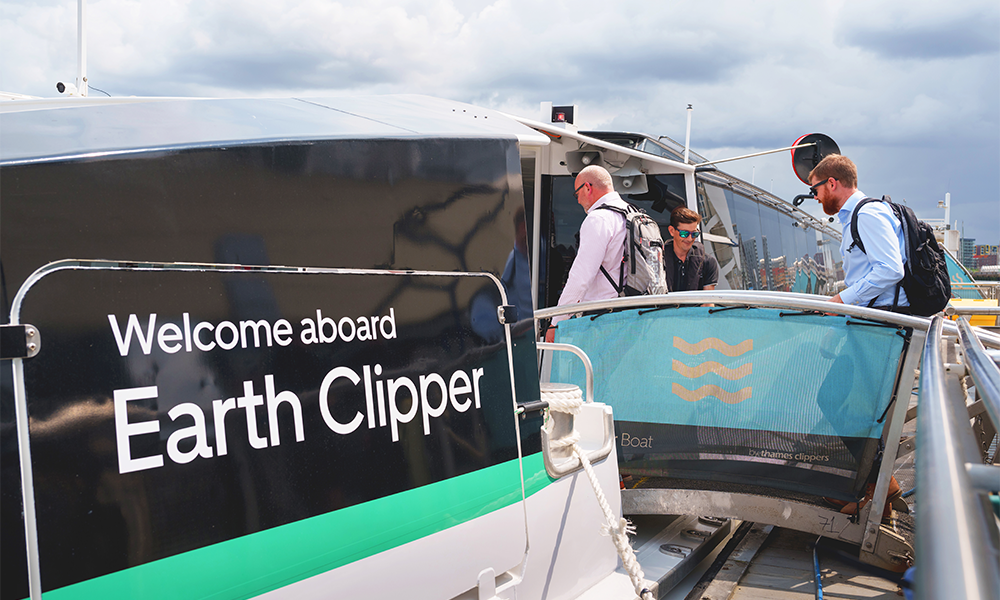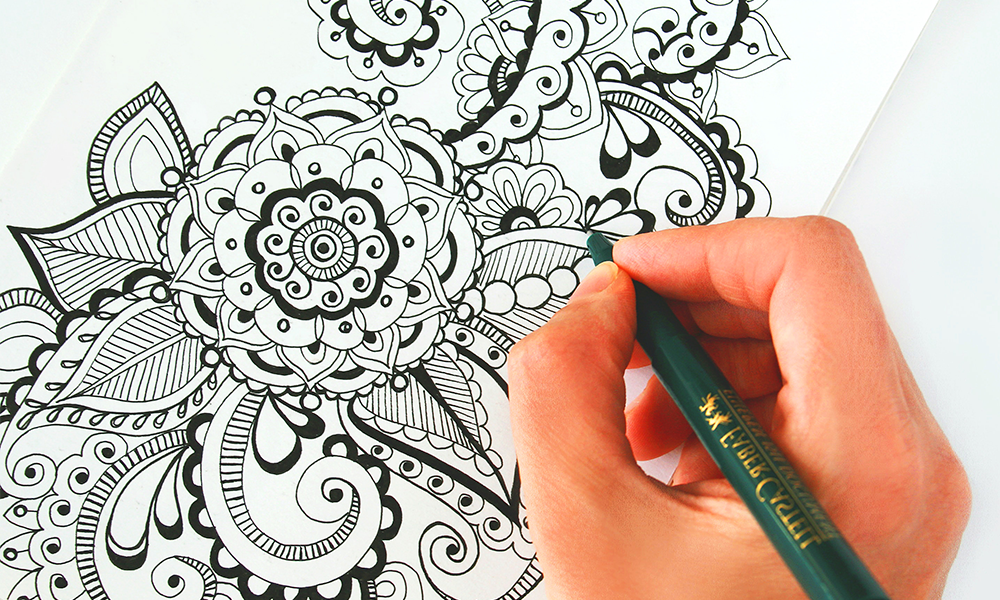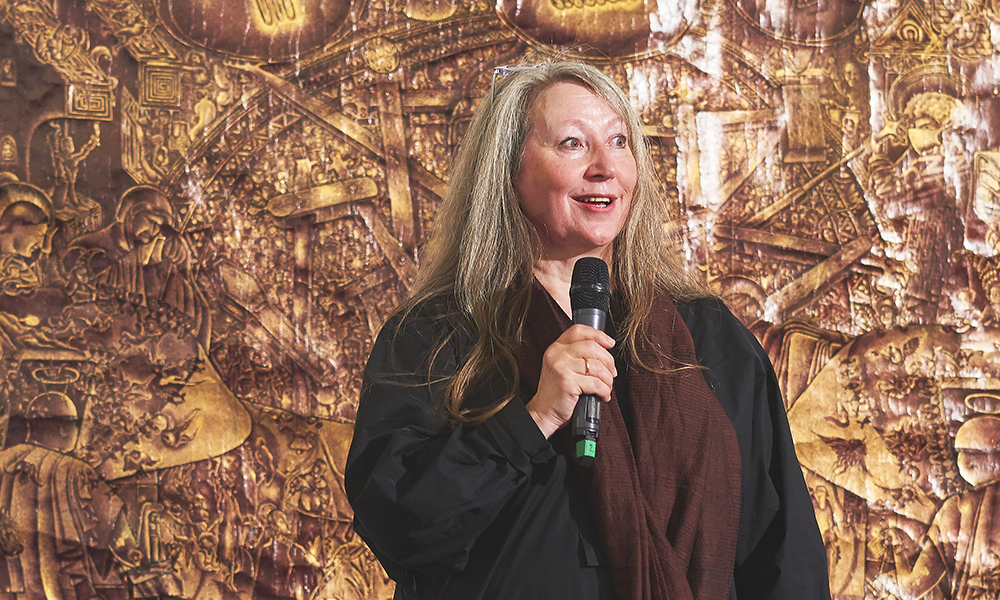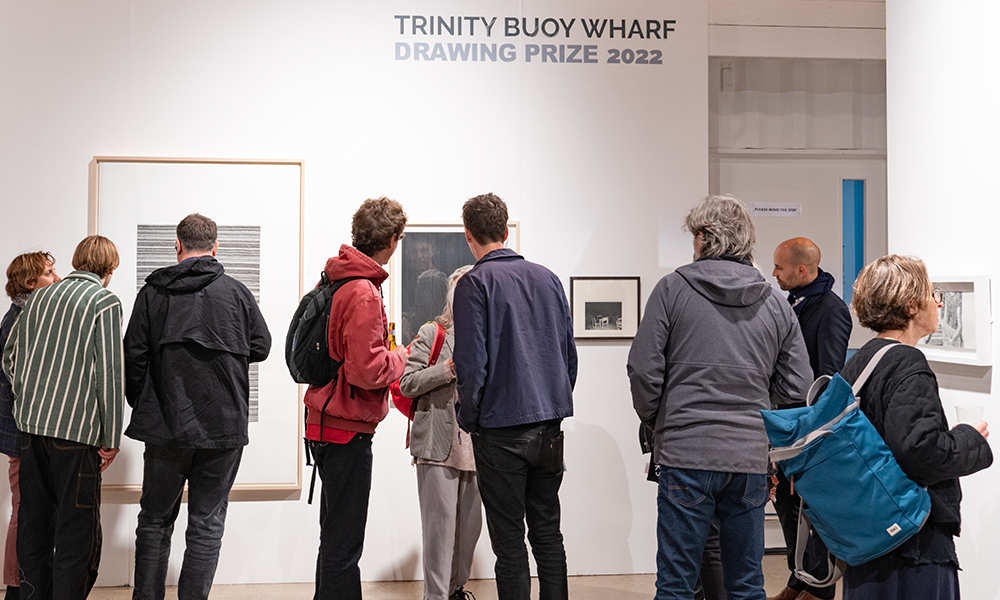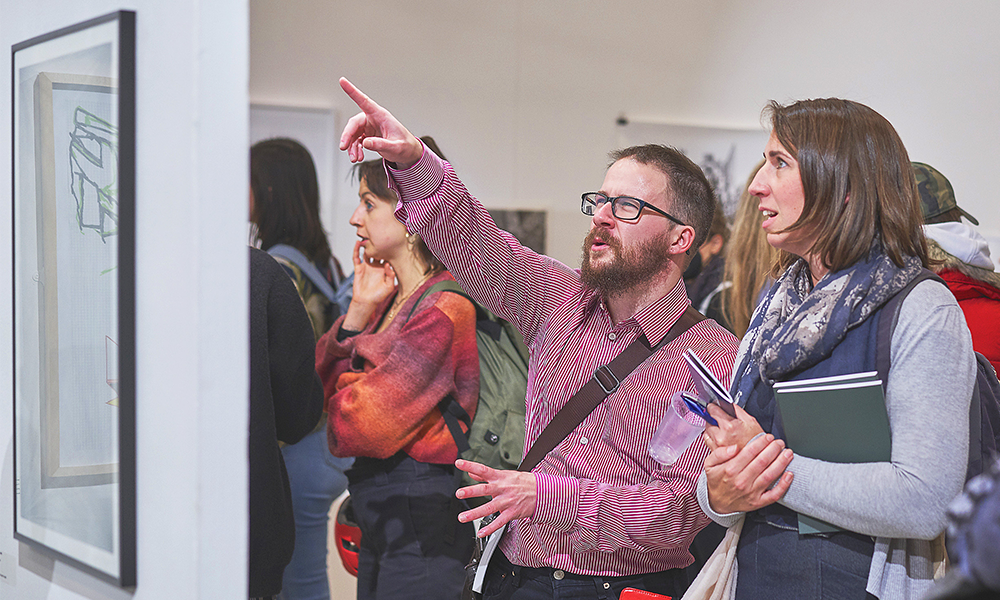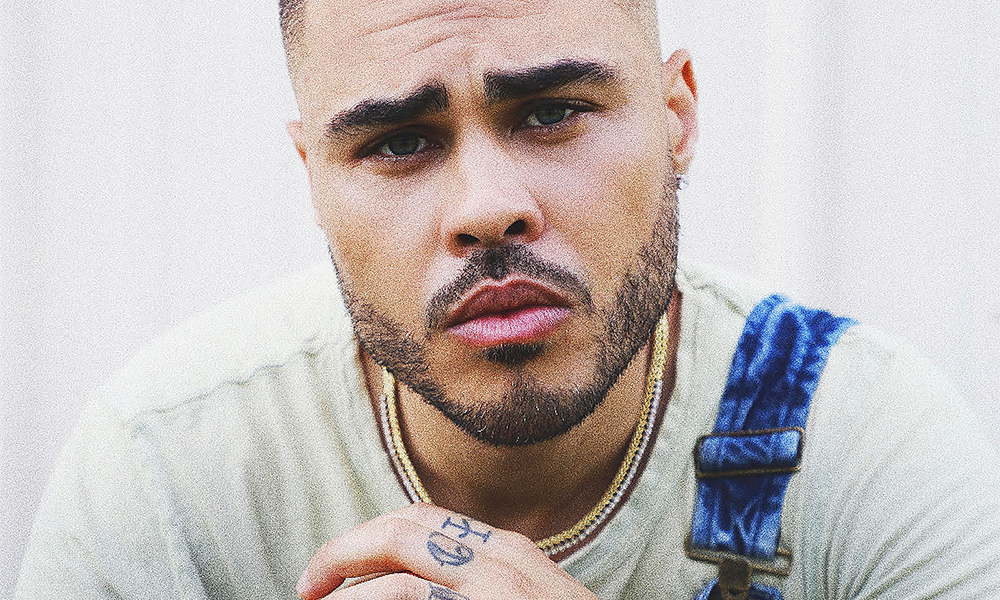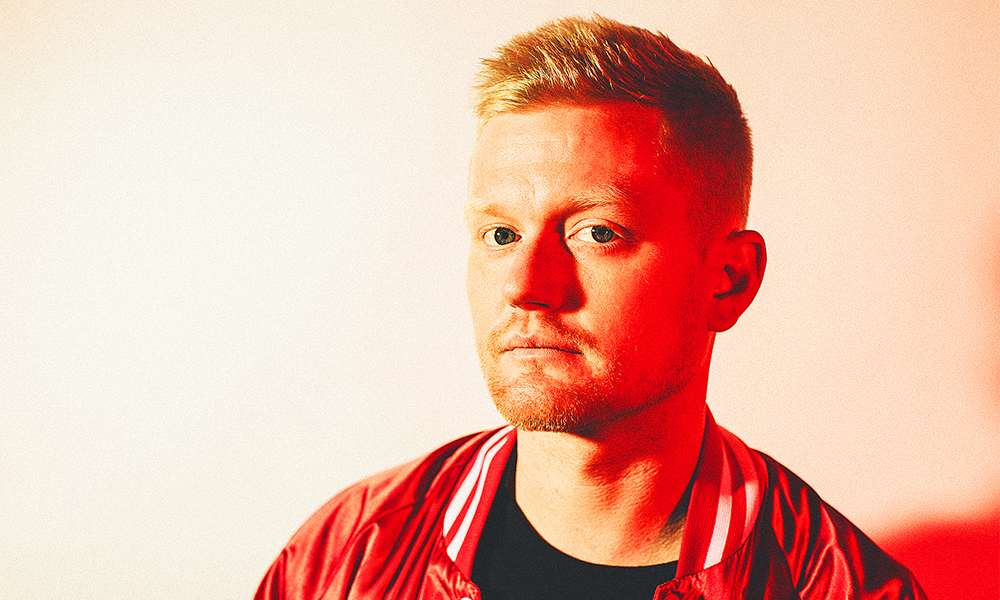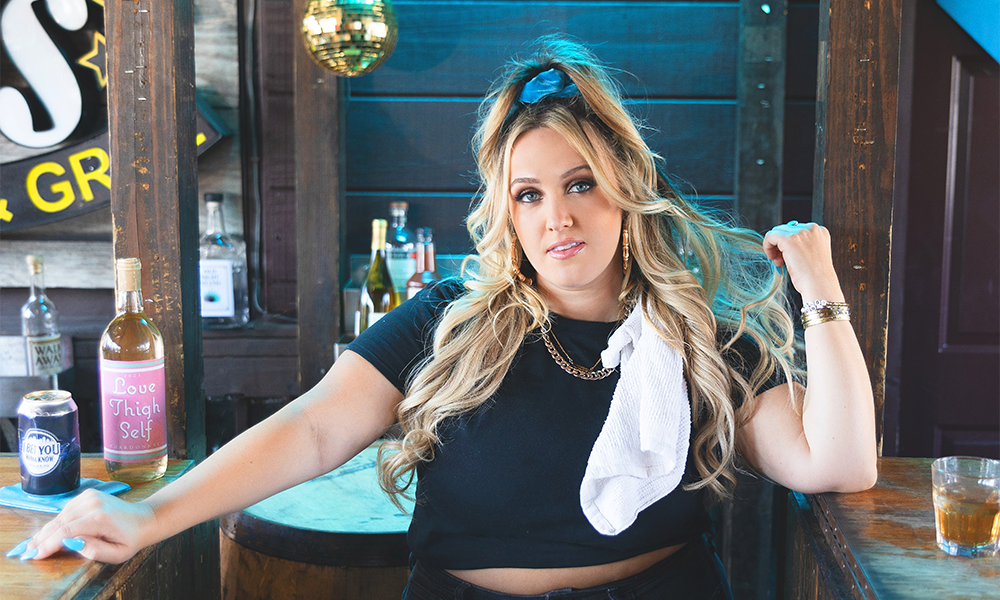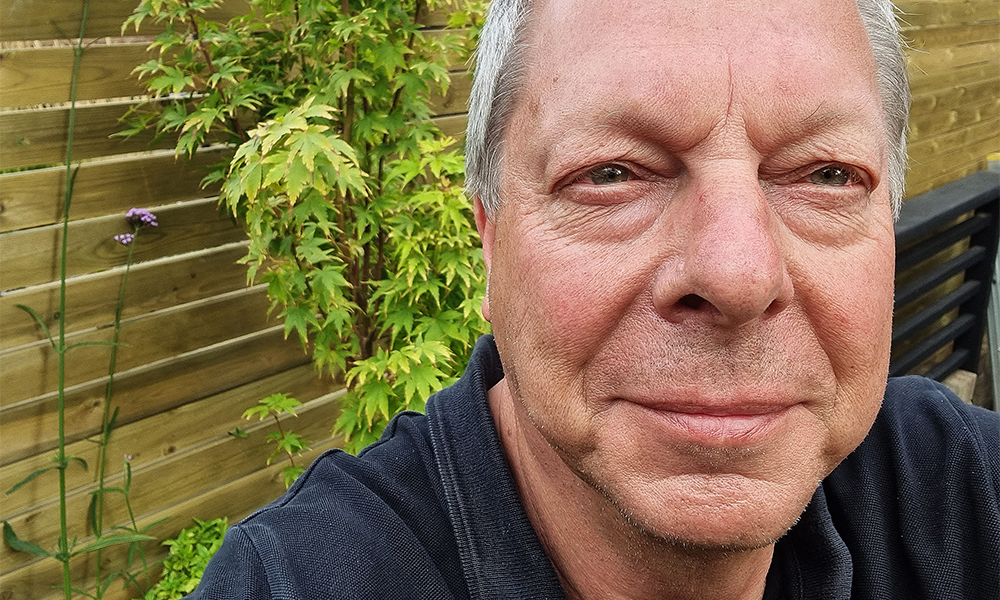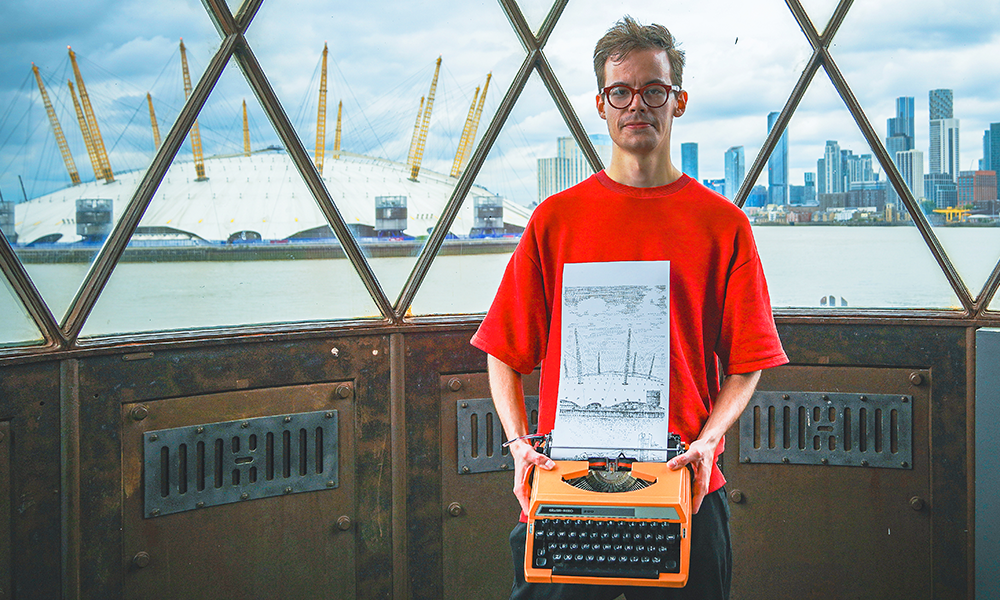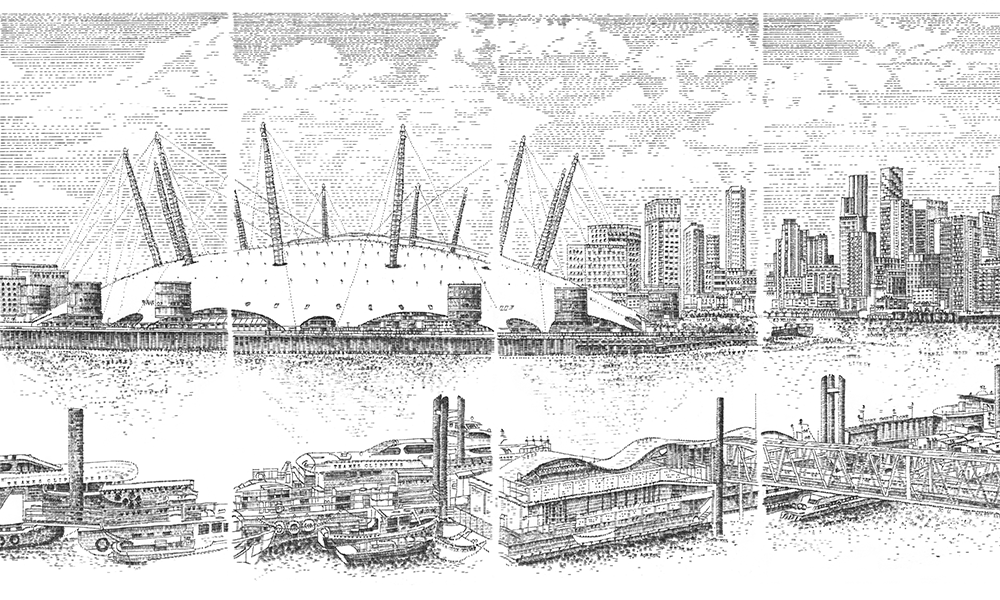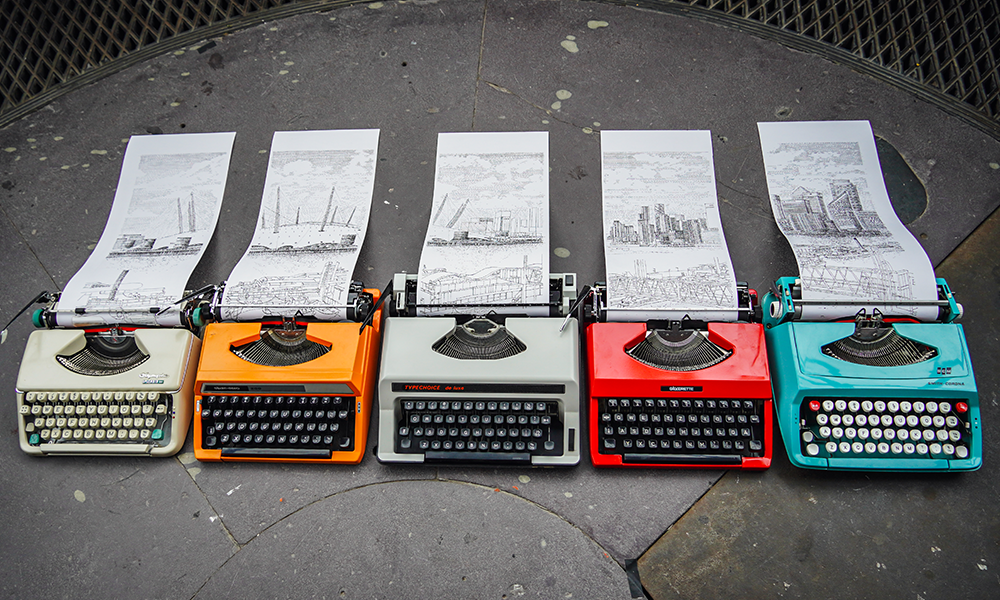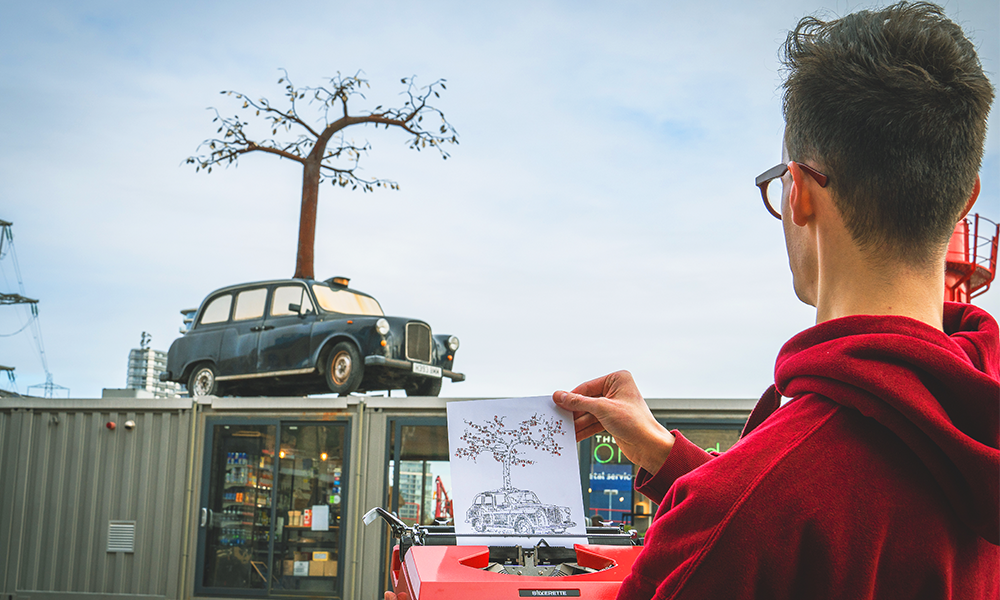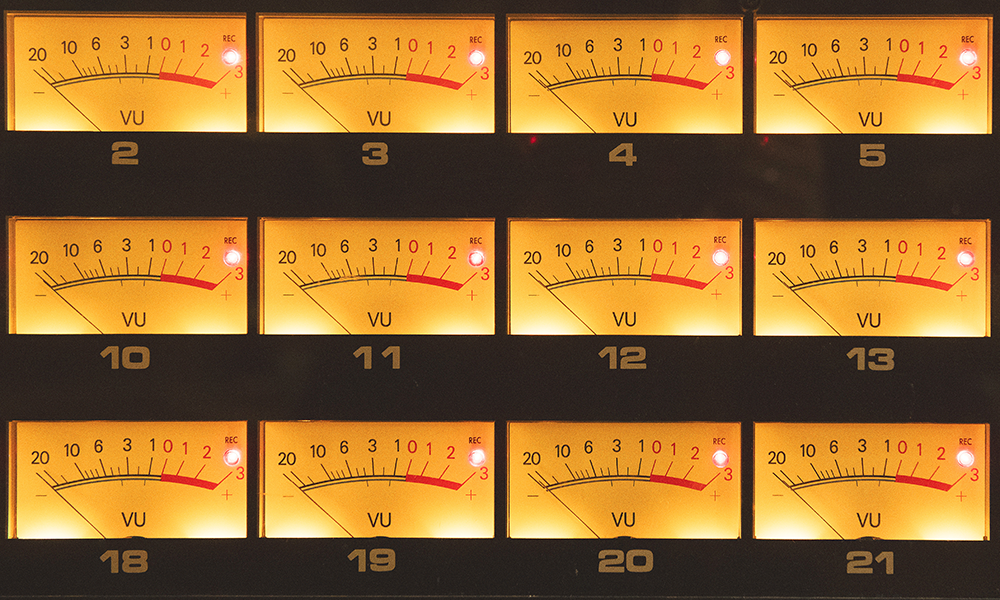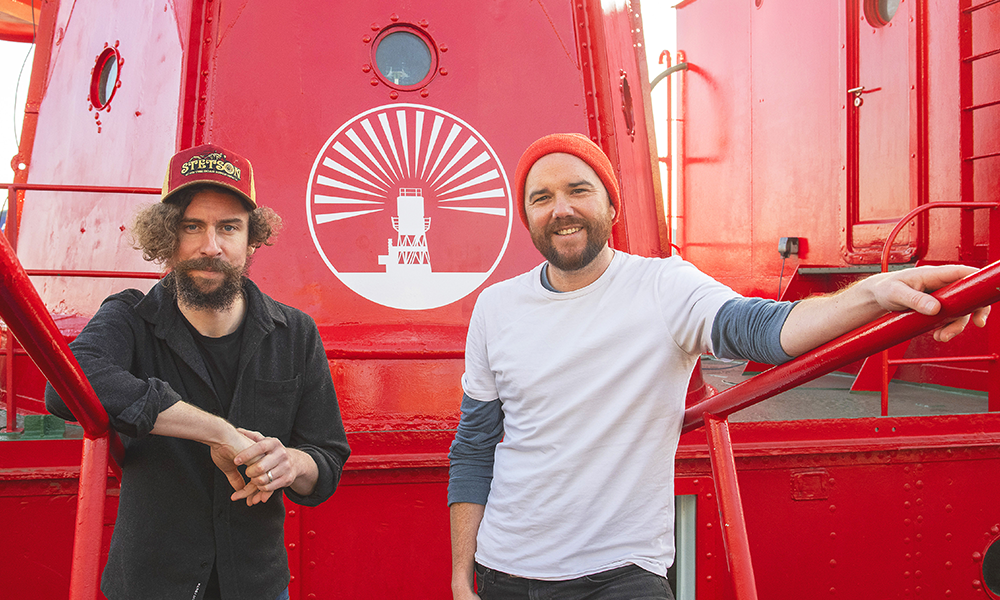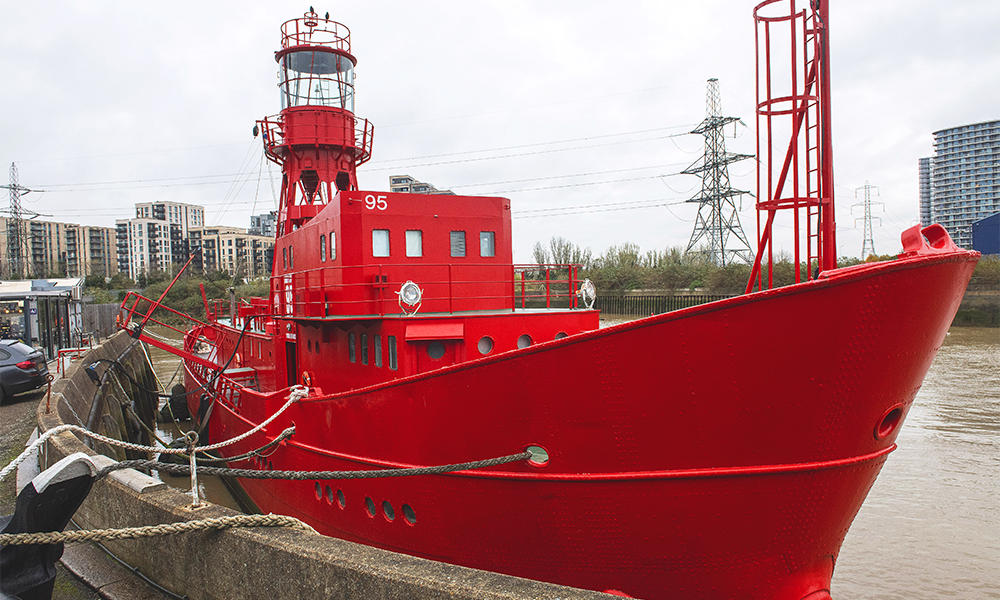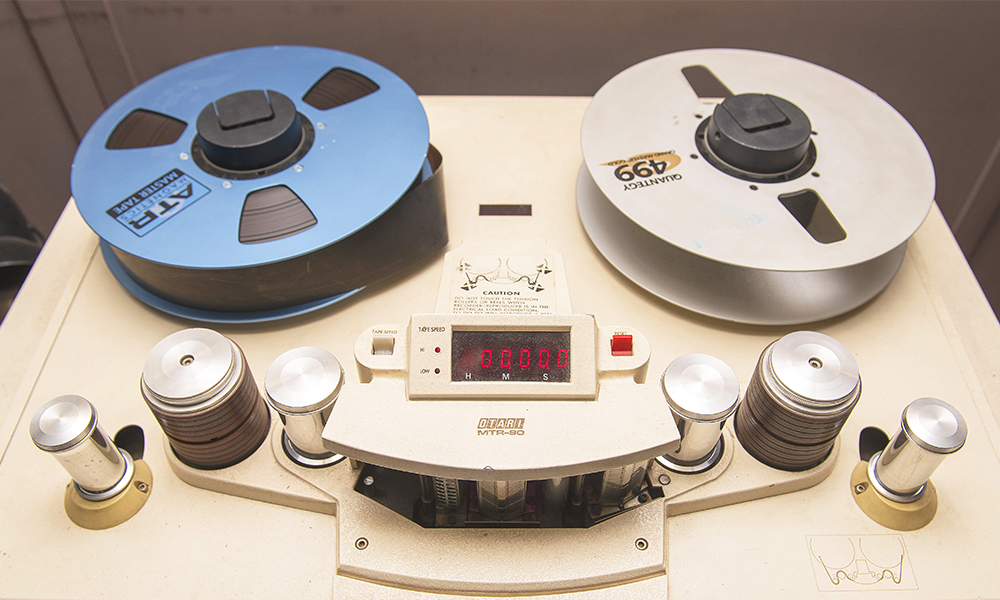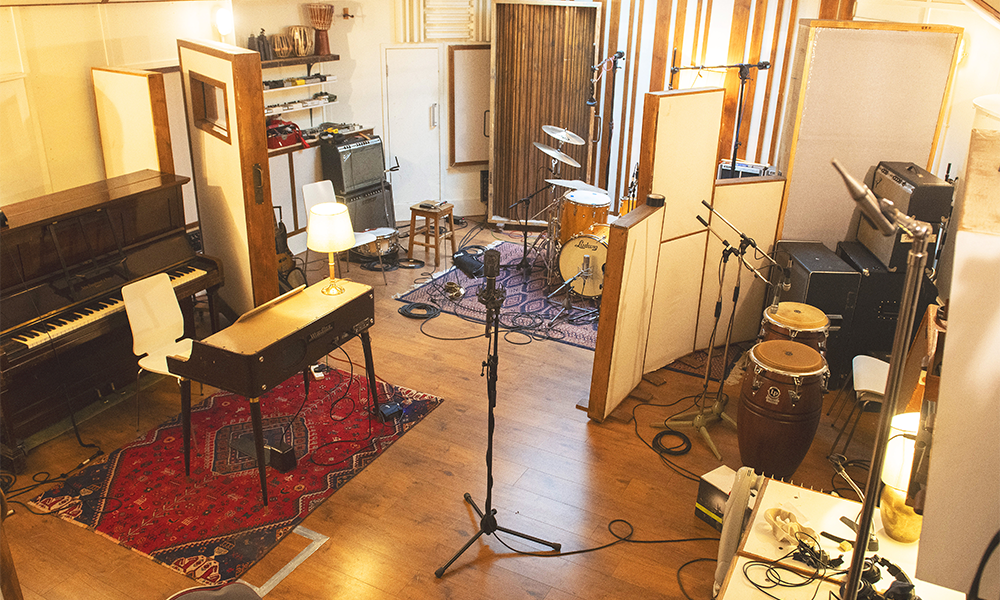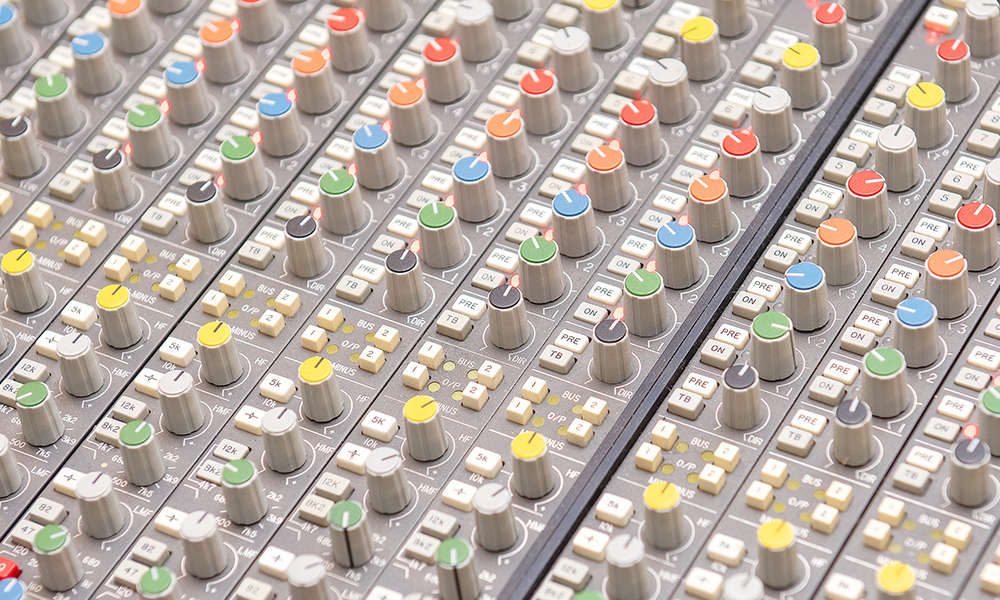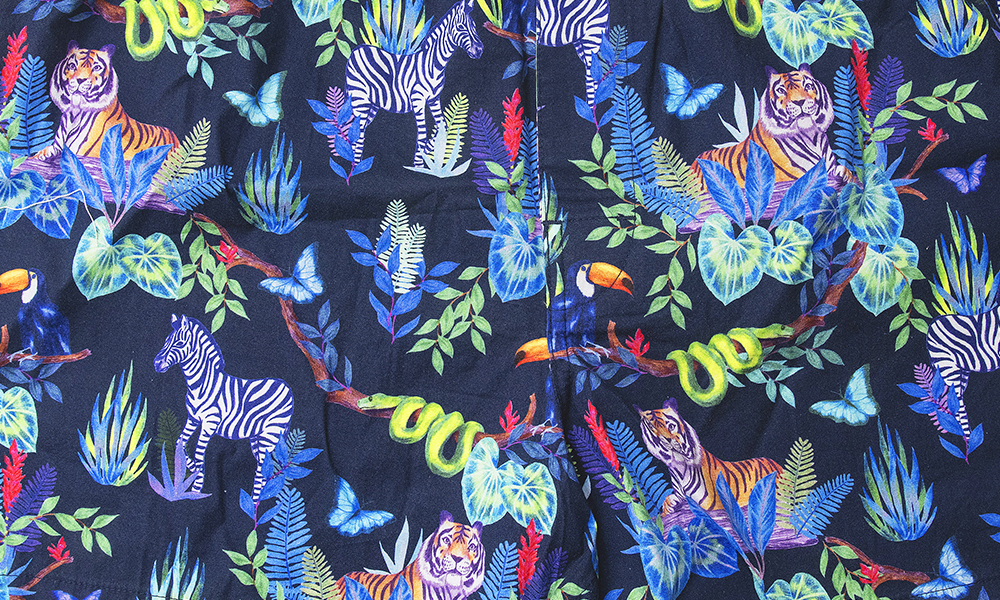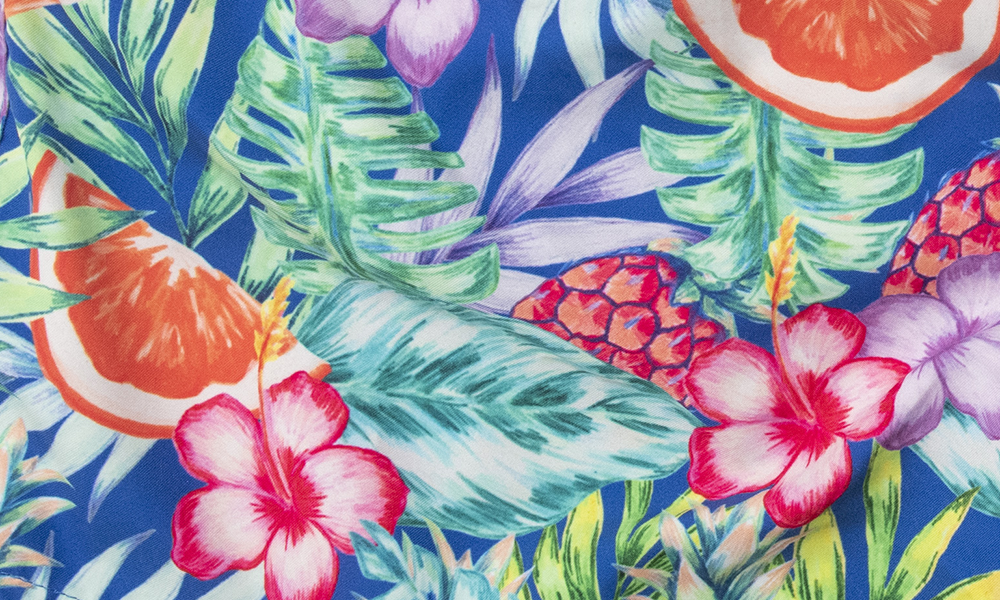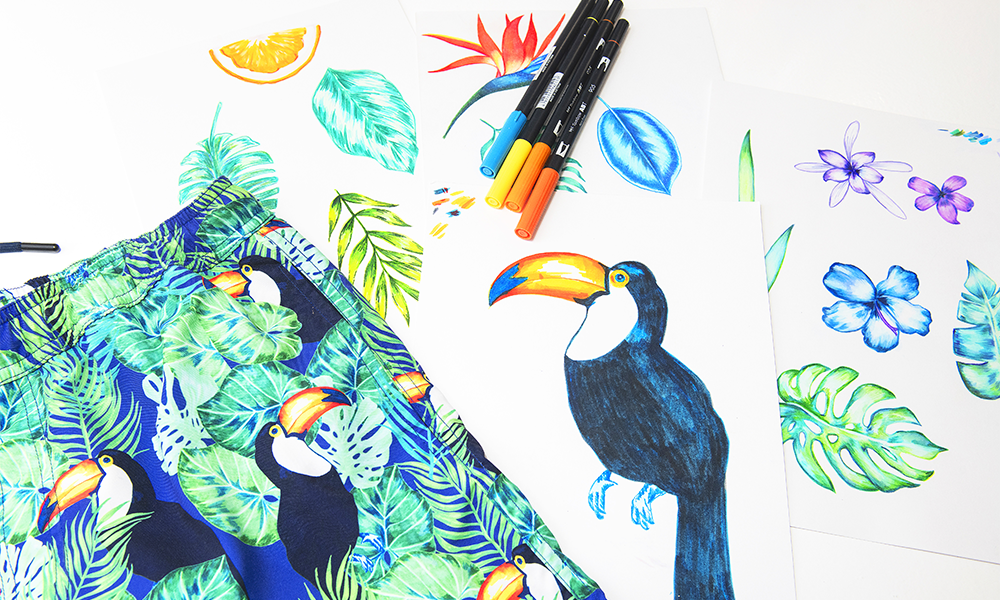Ballymore’s Goodluck Hope development at Leamouth offers apartments and houses for sale almost completely surrounded by water
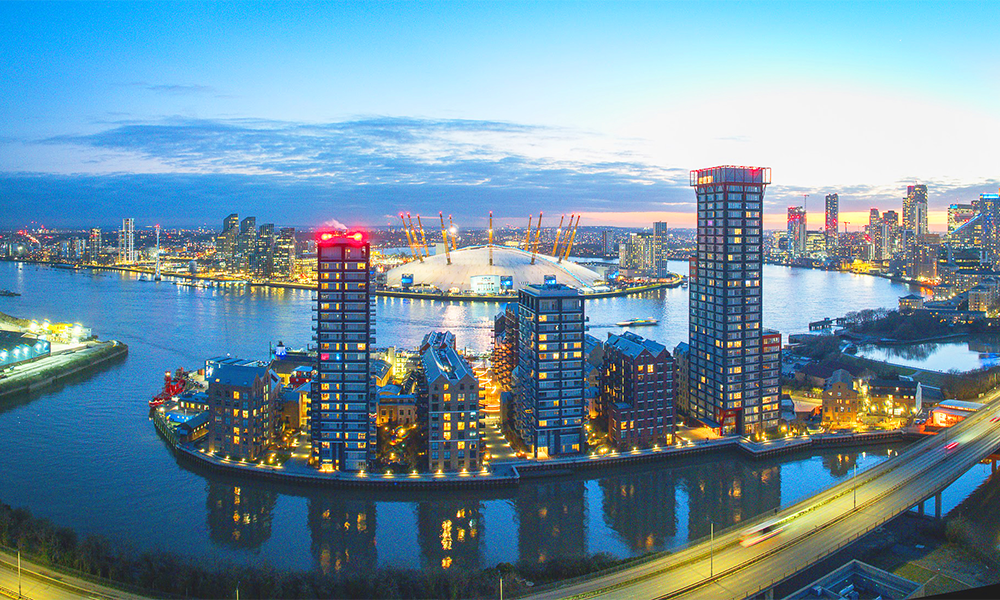
Subscribe to our free Wharf Whispers newsletter here
“Goodluck Hope is unique in London,” said James Boyce, associate regional sales director at Ballymore.
“It’s in Zone 2, but it doesn’t feel like that – it’s very tranquil, on a bend in the Thames, overlooking The O2.
“There’s this big expanse of water in front of you but, because it’s built on a peninsula, nobody passes through.
“That means people there can live really close to the action – Canary Wharf is just a short journey away – but it’s a sanctuary, almost completely surrounded by water.”
Increasingly a destination in its own right, the development is coming of age with a thriving community of residents enjoying an emerging crop of local businesses.
Layers Bakery serves coffee and brunch, while Taylor’s Of Goodluck Hope trades in farm fresh produce and recently opened a wine bar and deli in a second unit at Orchard Dry Dock.
There’s expectation that Hum Yoga + Meditation is set to expand its east London operation with a second studio at the development overlooking the Thames, as well as the cultural appeal of Trinity Art Gallery, so it’s clear the area’s attractions are only growing.
Little surprise perhaps, as buyers discover what’s on offer.
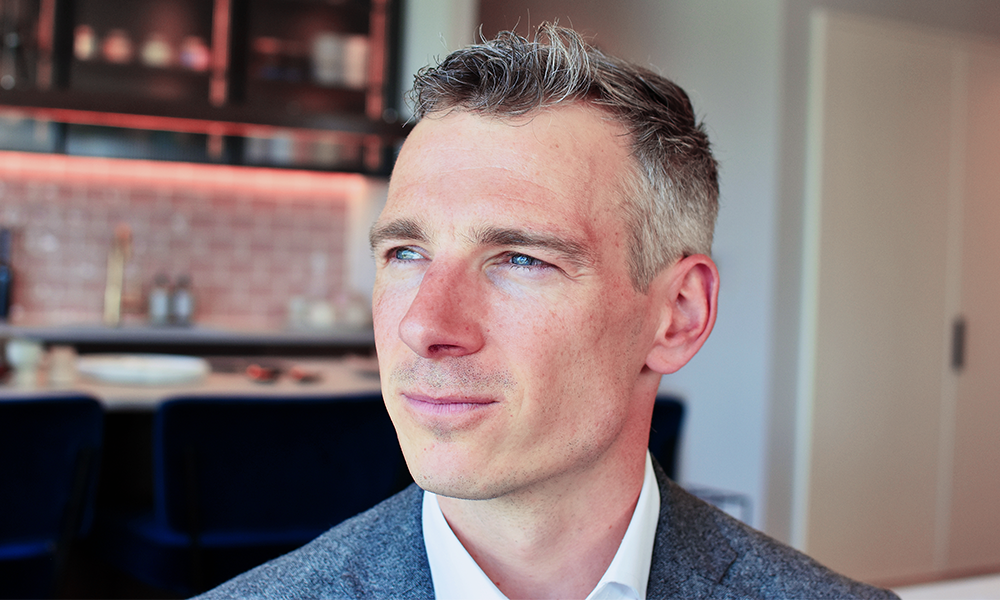
Goodluck Hope: available properties
“We’ve got something for everyone,” said James.
“There are studios – with sliding doors to divide up the space – one, two and three-bedroom apartments and two and three-bed duplexes with living spaces on the top floor that have amazing views.
“Then there’s a row of 19 townhouses along the main street, all painted in different colours, which gives the area a Scandinavian feel.
“These have really brought the ground level to life and they’ve been really popular – we’ve only got two left.
“They are three-storeys high and have either three or four bedrooms.
“Buyers get water views and access to the podium gardens at the rear. East London has surprisingly few houses and I think that’s why they’ve been so sought after.
“A lot of people have been brought up in houses, either in London or further out, so to live in one is quite a significant thing.
“Then there’s the fact you can walk out of your front door, cross the road to the bakery for a freshly-baked croissant and coffee, then go and sit by the river or chat to your neighbours.
“All of these things make Goodluck Hope a fantastic place to live.”
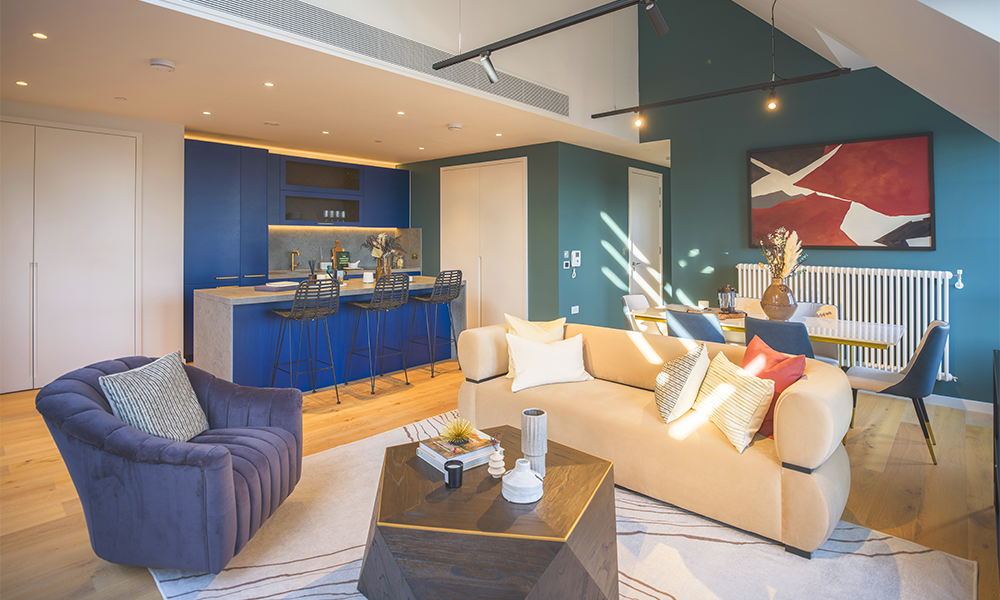
history + tranquillity
This has not come about by chance. Following the success of Ballymore and EcoWorld’s London City Island project, a few minutes’ walk away, Goodluck Hope was conceived to complement its amenities.
“We knew we had to elevate Goodluck Hope because it needed to be something special,” said James.
“Delving into the history of the area, the East India Company’s use of the nearby dock complex and its role as a major stopping off point for ships carrying goods in and out of London gave us a starting point.
“We wanted to celebrate the maritime heritage so, whereas most new-build developments were featuring full height glazing and standard facades, we built warehouse-style with Crittall windows and pitched roofs as well as really intricate brickwork that recalled the buildings that once stood on the peninsula.
“The development also benefits from being next to Trinity Buoy Wharf, which has long supported arts and culture in the area – providing space for artists, businesses, a school and one of the smallest museums in London on the site where Michael Faraday conducted his experiments with electricity.”
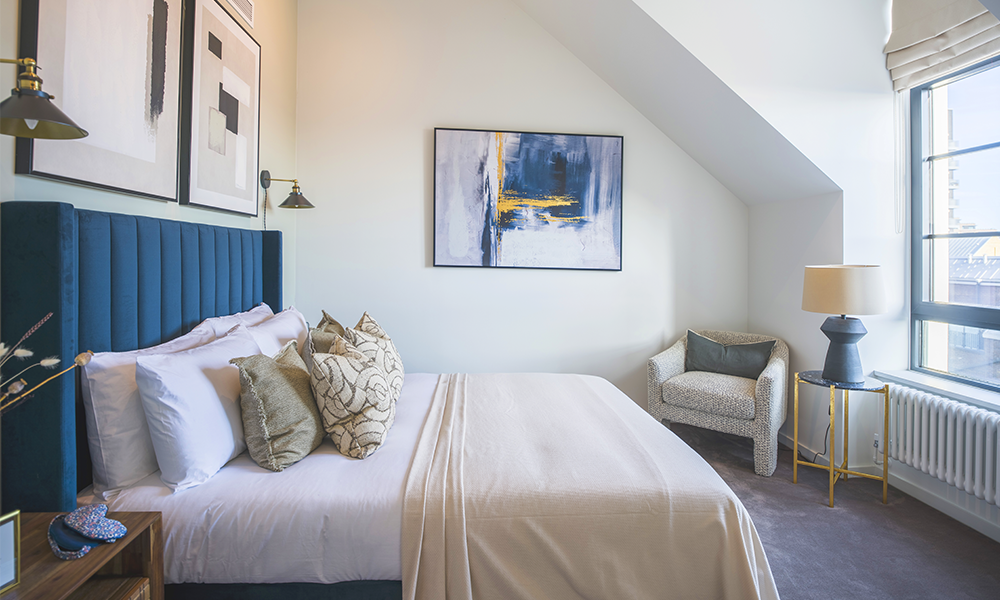
neighbouring amenities
Then there’s the ongoing interplay between City Island and Goodluck Hope, with buyers able to enjoy fitness amenities at both developments meaning access to both indoor and outdoor pools.
“Goodluck Hope has a residents’ clubhouse alongside its concierge facility,” said James.
“Within that you’ve got a co-working space, a Scandinavian sauna, a plunge pool, a swimming pool and a cinema, which has an Everyman feel to it.
“There’s a studio where the Ballymore fitness team run 20 classes a week including boxing and spinning as well as offering personal training sessions.
“Then there’s the Lantern Room, which is on the 29th floor – design-wise it references the Thames lighthouse at Trinity Buoy Wharf nearby, especially when it’s lit up at night.
“Exclusively for Goodluck Hope residents, we opened it in 2022 and it’s been really popular. It’s used as a work lounge during the day, which complements the facilities on the ground floor.
“In the evening the space is open for residents to host dinner parties, or for people to just take a couple of drinks up there and enjoy the sunset.
“It’s probably the tallest building within a kilometre of where it is and boasts views in all directions across London.”
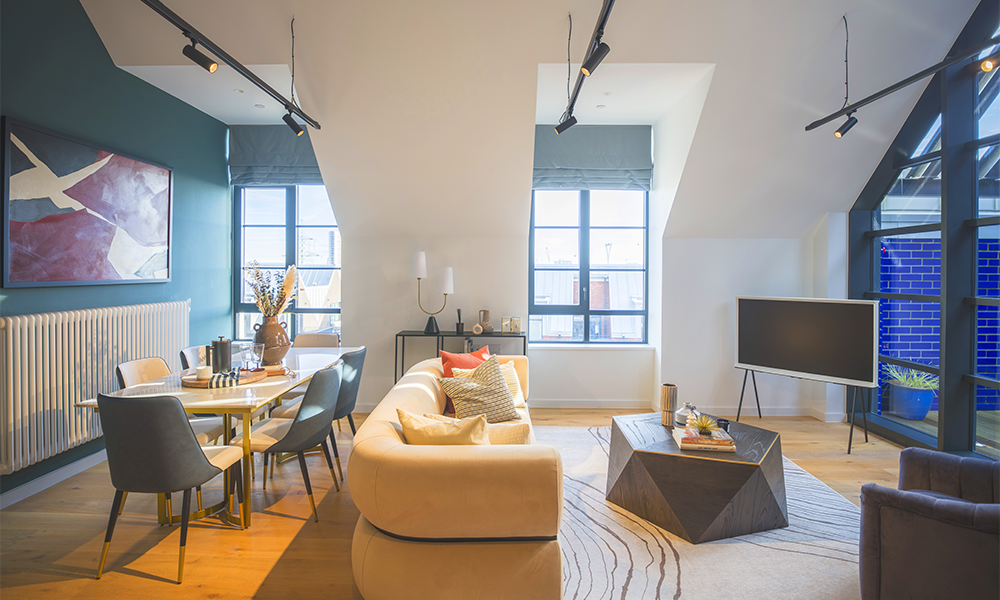
Goodluck Hope: a strong connection
“Another key attraction for buyers considering a move to Goodluck Hope is that the strength of the community has blown us away,” added James.
“It’s hard to describe, but there’s something about living on what’s effectively an island.
“It’s a place where you know your neighbours, whether that’s to say good morning to or just to make friendly eye contact.
“You know you’re an islander and there’s something really good about that.
“In contrast to more high-rise areas, where you probably won’t see many of your fellow residents, Goodluck Hope doesn’t have that density, so there really is a strong community.”
Again, this is not coincidental.
Ballymore has worked hard to foster an environment where those living locally get to know each other.
It’s part-way through its current events programme, which offers activities running though to September.
“That’s important for us because if people come and enjoy themselves, they will bring their friends and that’s really how you make a place,” said James.
“We did a survey of the residents at the beginning of the year, asking them what they wanted from the area.
“That’s why we have Workshop Wednesdays where residents can learn new skills such as croissant decorating, cheese and wine tasting, pottery or even singing.
“Then we have Thirsty Thursdays for people who want to socialise over a few drinks and enjoy some live music.
“Together with Film Fridays and Social Saturdays, there’s something new each week.
“The residents are very active, they attend a lot of the events.
“Together with our retailers, all of these things have made this place what it is – something special.”
key details: Goodluck Hope
Properties available at Goodluck Hope include suites, one, two and three-bedroom apartments, lofts and townhouses – all available for buyers to move into immediately. Prices start at £425,000.
Find out more about the development here or call 020 3797 1669 to arrange a viewing
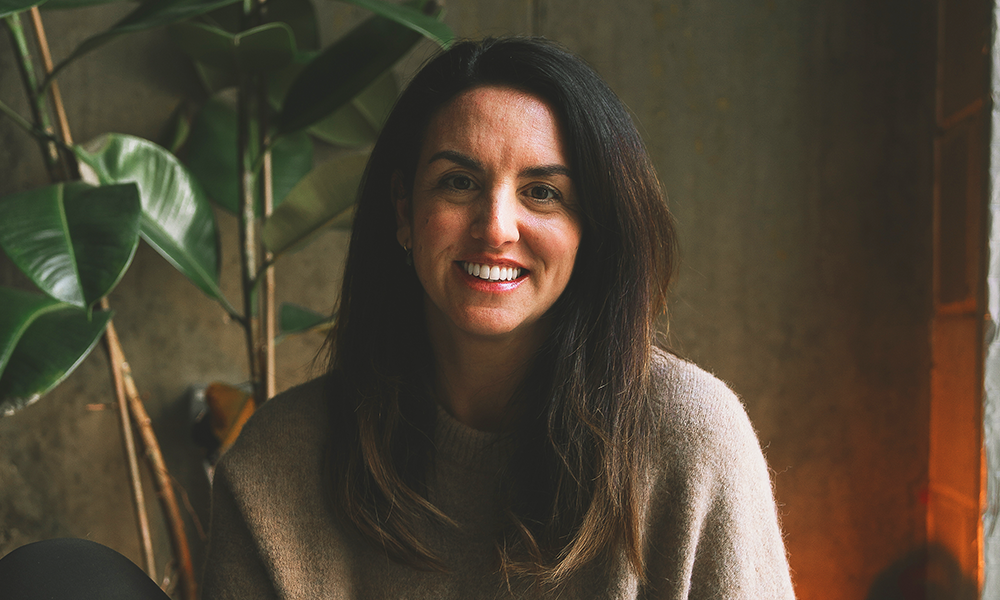
building a community
Having opened Hum Yoga + Meditation at London City Island nearly three years ago, Oriana Shepherd is now looking to expand her business to Goodluck Hope to keep up with demand.
“I initially came across the development while looking for accommodation for my son for university – it was just after Covid so a lot was happening and it just seemed like a really exciting area,” she said.
“I noticed, however, that there wasn’t a Yoga studio and so that’s where the idea came from.”
Oriana had spent much of the preceding 15 years teaching Yoga in Wales, a career she’d embarked on after more than a decade working for Virgin Atlantic.
After having children, she decided to pursue fitness alongside meditation breath work and aromatherapy closer to home, teaching and working in various roles including as a clinical therapist in palliative care.
“Having taught for so long and led Yoga retreats, opening Hum felt like a natural progression,” said Oriana.
“When I visited the island and saw the community here, there wasn’t access to these kinds of practices for residents on their doorstep and I thought it was maybe something I could offer.”
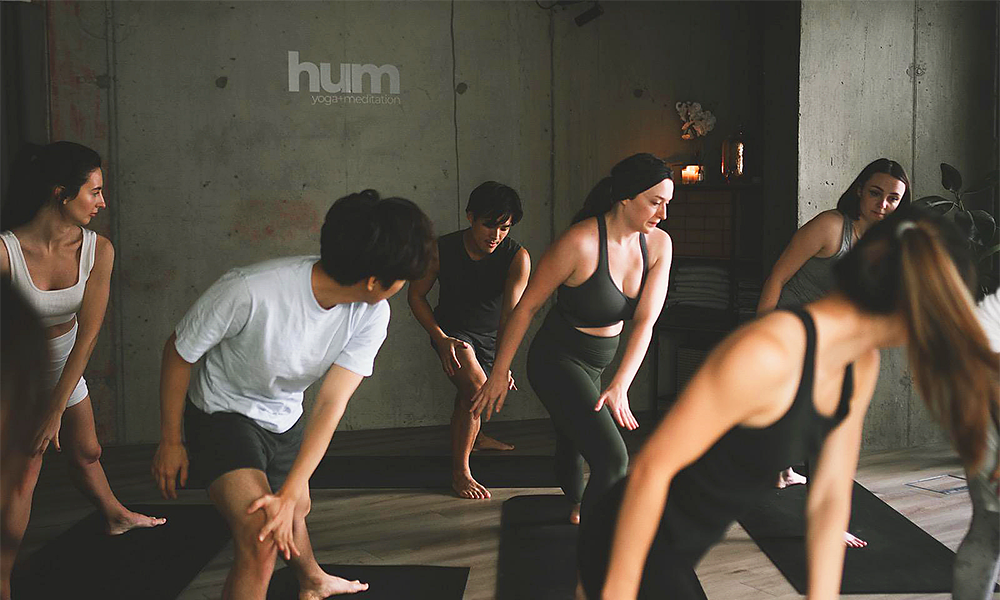
escaping the hustle and bustle
“Hum is a space where people can come and escape the hustle and bustle of the city,” added Oriana.
“It’s an opportunity to explore something different in a really safe, relaxed, non-judgemental place.
“Whether you’re a complete beginner or a seasoned practitioner there’s something for everybody.
“We also do lots of retreats and socials too so it’s a place to meet like-minded individuals.”
Now full to capacity, the plan is to open a second site at Goodluck Hope overlooking the Thames.
“We’re hoping to have a bigger space there, which will give us the opportunity to host corporate wellness events,” said Oriana.
“We also offer Yoga teacher training and we’ll be able to offer more of that too.
“The intention has always been to enjoy the process and to support as may people as possible and opening the business has done just that.
“I love it and I feel very privileged to do this kind of work and to share it with so many people in London and from all over the world because people who live in these developments come from many different countries.
“We have such a wide, varied community and seeing people come together is really precious.”
key details: Hum Yoga + Meditation
Hum Yoga + Meditation offers a range of Yoga, Pilates and meditation classes.
New members can get 50% off their first month with unlimited classes for £54.
Standard membership costs £108 per month with several other options available.
Find out more about Hum here
Read more: How Toby Kidman created a pub with soul at the Pacific Tavern
Read Wharf Life’s e-edition here
Subscribe to our free Wharf Whispers newsletter here
- Jon Massey is co-founder and editorial director of Wharf Life and writes about a wide range of subjects in Canary Wharf, Docklands and east London - contact via jon.massey@wharf-life.com




